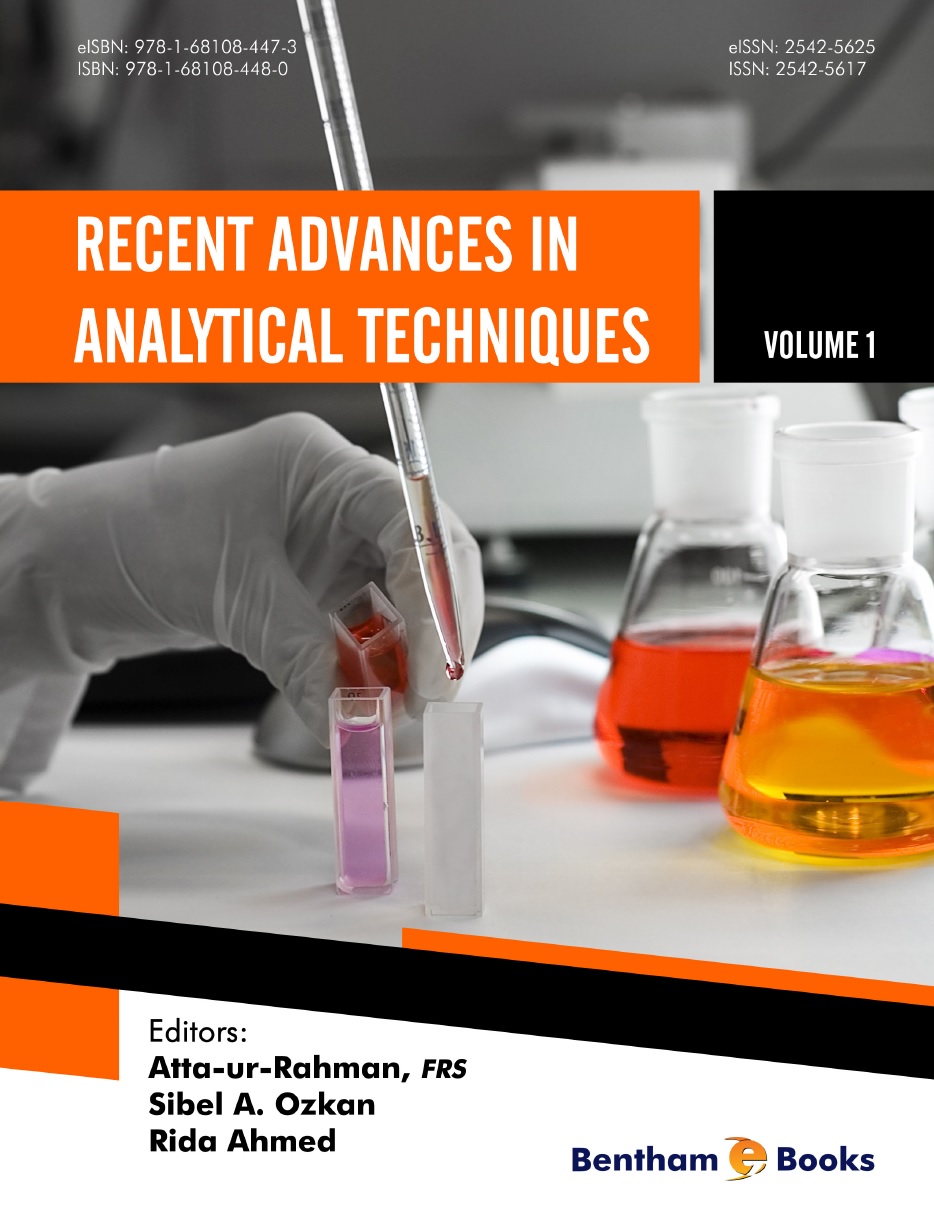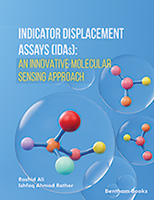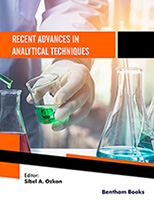Recent advances in analytical techniques have led to the development of effective strategies for rapid separation of complex mixtures with high resolution and their identification. The present 1st volume of the book series “Recent Advances in Analytical Techniques” is a compilation of six outstanding reviews, written by the leading researchers in the field. Each review is focused on an important aspect of analytical techniques including sample preparation, development of electronic sensors, in vivo monitoring of tumor cells, advances in glow discharge spectroscopy, characterization of volatiles using gas chromatography and application of nanomaterials in biomedical applications. Since many contaminants present in crude samples can interfere during the analysis, it is critically important to find new sample preparation strategies which are efficient and practical. Namera and Saito have discussed conventional and new techniques for sample preparation to analyze biological, food and environmental substances in chapter 1.
In chapter 2, Pereira et al. present the use of new materials used in the development of electrochemical sensors. The application of new types of electrochemical sensors in analytical chemistry has increased recently due to their numerous advantages such as high sensitivity, selectivity, stability, low cost and use in simple instrumentation. They can be applied specifically in the analysis of clinical and environmental samples to provide higher reactivity and selectivity. Promising organic and inorganic materials have been used as electrochemical sensors such as composites based on graphene and carbon nanotubes, Molecularly Imprinted Polymers (MIP) and/or Ionically Imprinted Polymers (IIP). Some inorganic compounds such as nanoparticles of noble metals and metal oxides have also been applied as modifiers of electrodes to enhance their electrochemical properties or to increase the surface area of electrodes.
In vivo flow cytometry is an emerging tool used to monitor circulating tumor cells (CTCs) in vivo. It is a non-invasive method, and allows monitoring of CTCs in their native biological environment. Wei et al. have discussed the basic principles of fluorescence based and photoacoustic based in vivo flow cytometry and reviewed a number of studies on cancer therapy using in vivo flow cytometry. Potential applications and disadvantages of in vivo flow cytometry in cancer therapy are also discussed.
Glow discharges (GDs) coupled to optical emission or to mass spectrometry have been widely investigated during the last three decades for a variety of direct solid analytical applications. The advances associated with GDs include low matrix effects, high sensitivity and resolution, and multi-elemental analysis. Lobo and Pereiro have discussed the basic principles of the use of GDs along with recent instrumental advances and applications for optical emission and mass spectrometry. GD time-of-flight mass spectrometry has been discussed in detail since it is promising in terms of high depth resolution, fast acquisition rates and time-gated detection. It has also shown a great potential in obtaining elemental and molecular information as well as in the characterization of advanced materials such as multilayers, thin film solar cells and polymers.
In the fifth chapter, Martin et al., have reviewed recent technological advancements in gas chromatography (GC) for the detection and identification of volatile constituents of beer. The analysis of beer volatile fraction is challenging due to the presence of CO2, and the diversity of chemical structures found in it with different polarities, volatilities, and a wide concentration range. It requires effective extraction techniques to recover the analytes of interest, while minimizing the production of artefacts during the extraction process. The advantages and disadvantages of different extraction techniques have been discussed along with significant improvements in the chromatographs (namely the multidimensional ones), detection systems, columns technology and algorithms that contribute to the reduction of analysis time, making the methods more expeditious and user-friendly.
Nanomaterials have been investigated for a number of biomedical applications such as drug delivery, biosensors, tissue engineering, and bio-imaging. During the past few decades, several life threatening diseases such as cancers and some common bacterial infections have been treated using photodynamic therapy (PDT). It is based on the photochemical reactions between light and tumour tissues through photosensitizing agents. Riaz et al. have reviewed the present applications and future prospects of the various materials developed as photodynamic therapeutic agents in the last chapter.
We are deeply grateful to all the authors for their excellent contributions which should be of wide interest to the readers. We are also grateful to Mr. Mahmood Alam (Director Publications) and his excellent team comprising Mr. Shehzad Naqvi (Senior Manager Publications) and Mr. Omer Shafi (Assistant Manager Publications) for their untiring efforts.
Atta-ur-Rahman, FRS
Kings College, University of Cambridge,
Cambridge,
UK
Sibel A. Ozkan
Department of Basic Pharmaceutical Sciences,
Faculty of Pharmacy, Ankara University,
06560 Yenimahalle/Ankara,
Turkey
Rida Ahmed
TCM and Ethnomedicine Innovation & Development Laboratory, School of Pharmacy,
Hunan University of Chinese Medicine,
Changsha 410208, P.R. China





